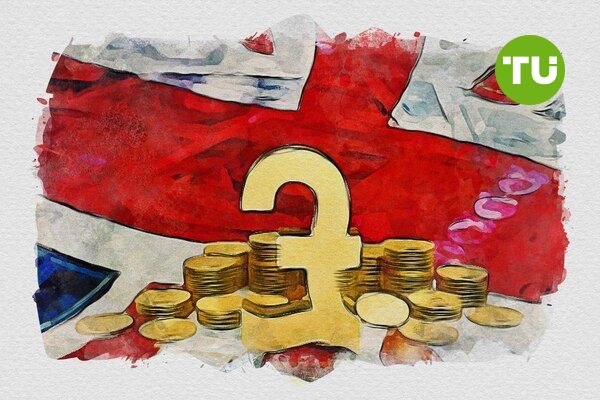Pound sterling price climbs as dollar weakens on recession fears and Fed uncertainty
 Pound sterling rebounds as U.S. dollar falls on Trump tariffs and economic fears
Pound sterling rebounds as U.S. dollar falls on Trump tariffs and economic fears
The British pound edged higher on Monday, rising to $1.2930 against the U.S. dollar after slipping to a one-month low of 1.2830 earlier in the day. This rebound comes as investors digest the economic fallout from U.S. President Donald Trump's newly imposed reciprocal tariffs, which have weighed on the greenback.
The U.S. Dollar Index (DXY) fell to around 102.40 amid increasing market concerns that the tariff-driven environment could push the U.S. economy toward recession.
Federal Reserve Chair Jerome Powell reinforced this uncertainty on Friday, warning that the tariffs could simultaneously boost inflation and dampen economic growth. “We face a highly uncertain outlook with elevated risks of both higher unemployment and higher inflation,” Powell noted, maintaining the Fed’s “wait and see” stance on potential monetary adjustments. Goldman Sachs and JPMorgan have revised their recession odds for the U.S. to 45% and 60%, respectively.
GBP/USD price dynamics (March 2025 - April 2025) Source: TradingView.
UK braces for external pressure, economic data in focus
In the UK, Prime Minister Keir Starmer has pledged to shield domestic firms from the looming trade disruptions. He emphasized that the government stands ready to deploy industrial policy tools to support British businesses. However, the UK economy is not insulated from global pressures. Analysts expect the UK’s February GDP and factory output data—due Friday—to influence near-term sentiment for the pound.
The Bank of England continues to take a cautious approach, with inflation still distant from the 2% target. Policymakers warn that energy-driven price pressures could resurface before easing, leaving limited room for aggressive monetary easing.
Technical view shows guarded optimism
Technically, GBP/USD is trading near its 20-day EMA at 1.2930. A decisive close above this level may reinstate a bullish bias. However, the 14-day RSI has slipped below 60, suggesting fading momentum. Strong support is seen near 1.2770, while resistance looms at 1.3207, the April 3 high.
In our previous coverage, we noted that GBP strength was closely tied to the UK’s lighter tariff burden relative to other nations. While this remains supportive, current gains are now being driven more by USD weakness and recession fears in the U.S. than pound-specific catalysts.













































































































































